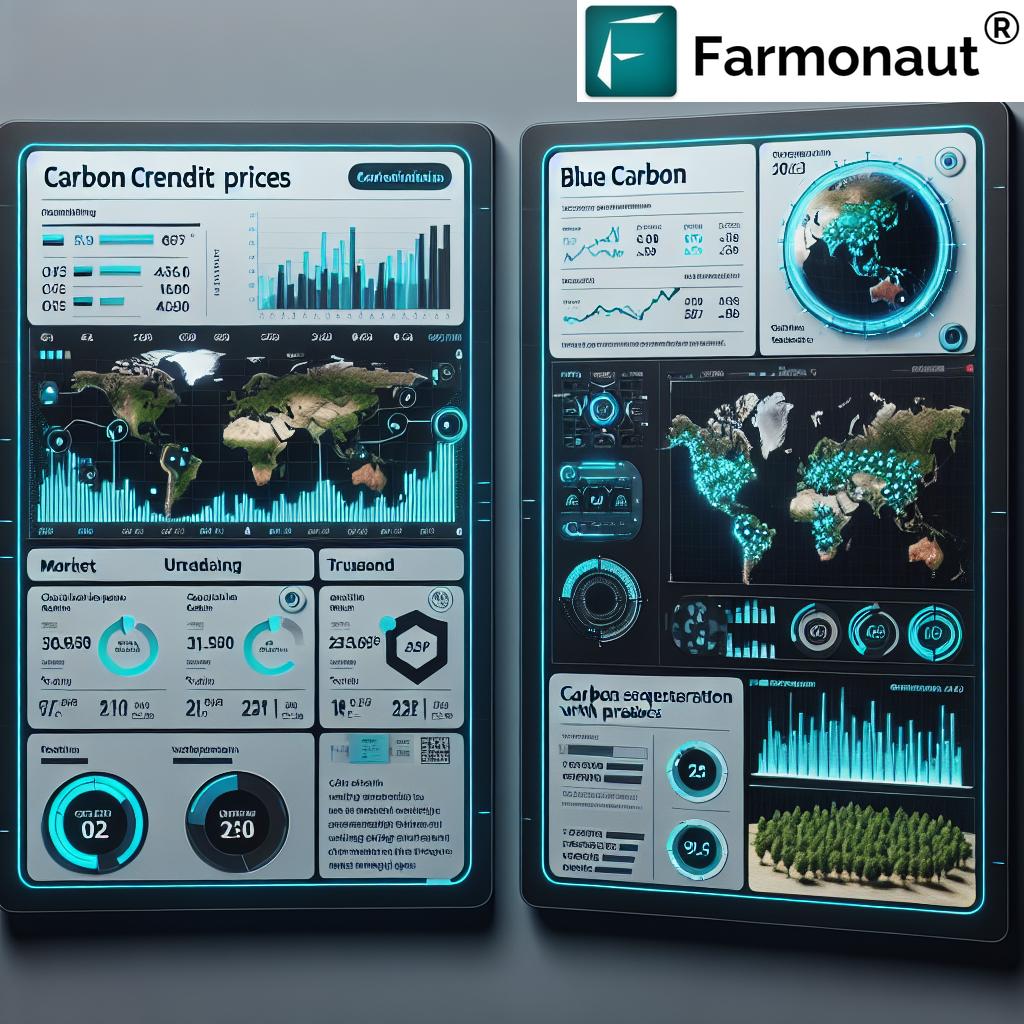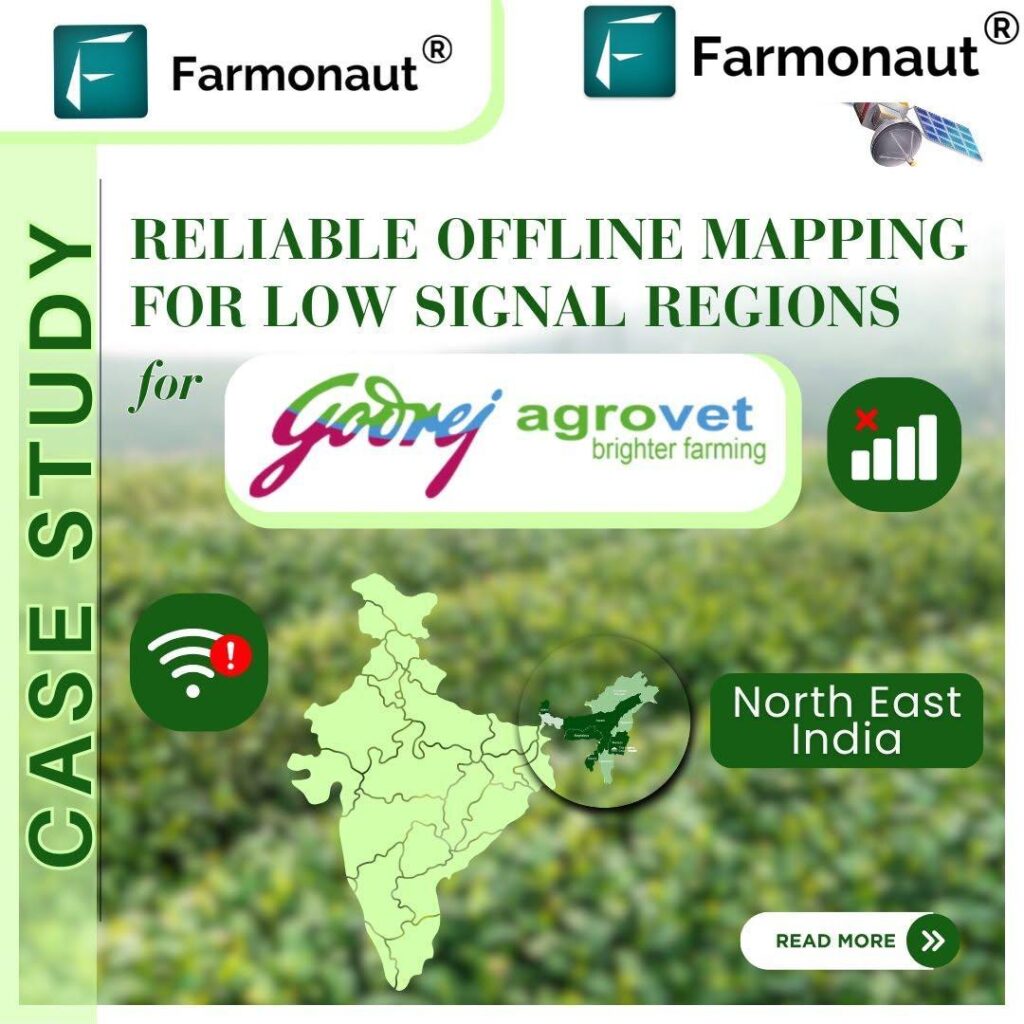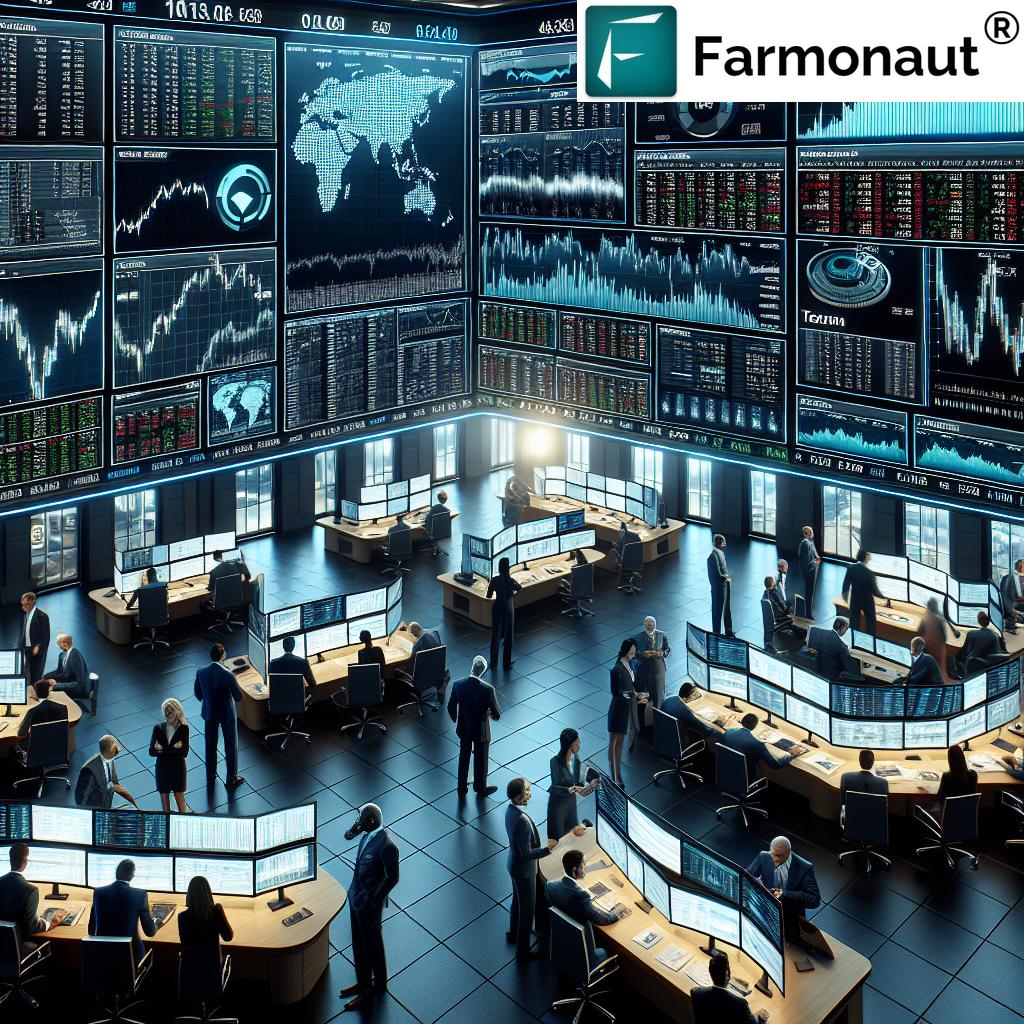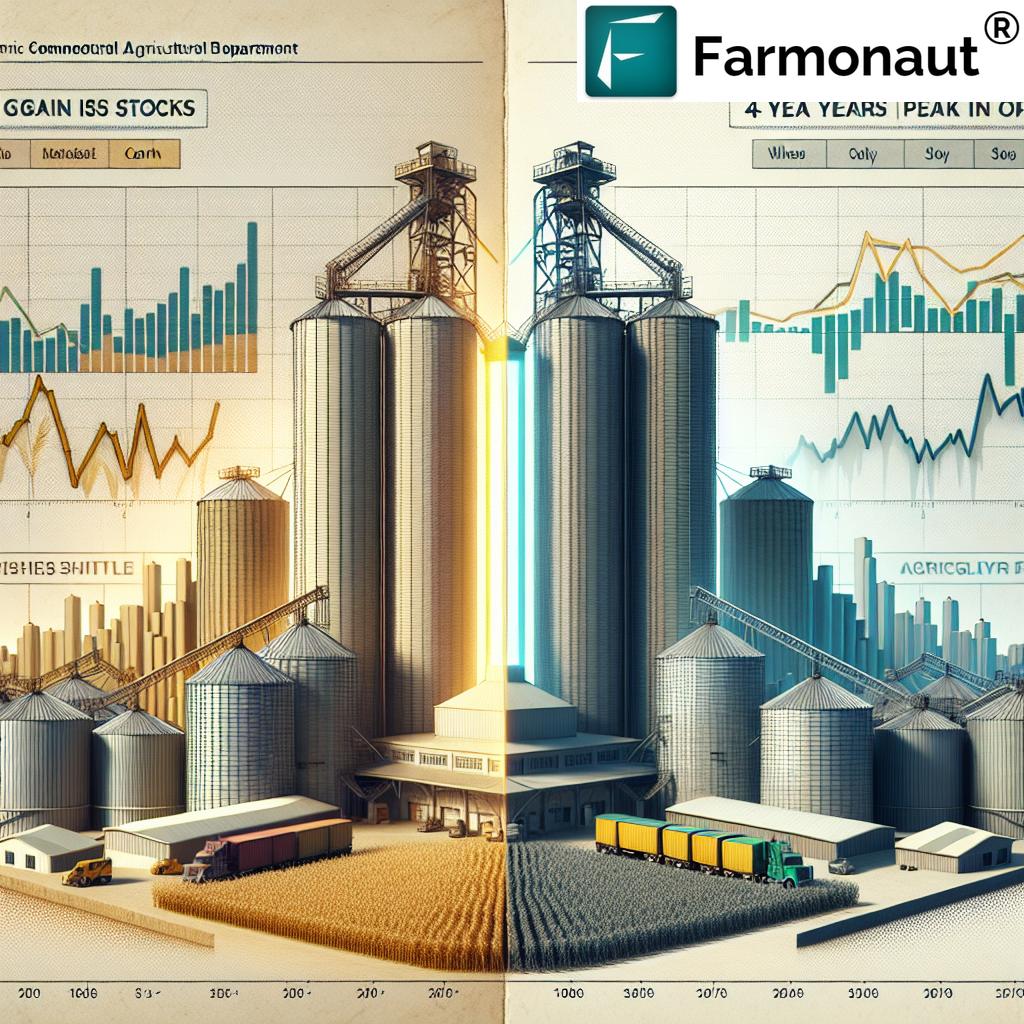Revolutionizing Renewable Energy: Physically-Delivered Ethanol Futures Redefine Commodity Trading Landscape
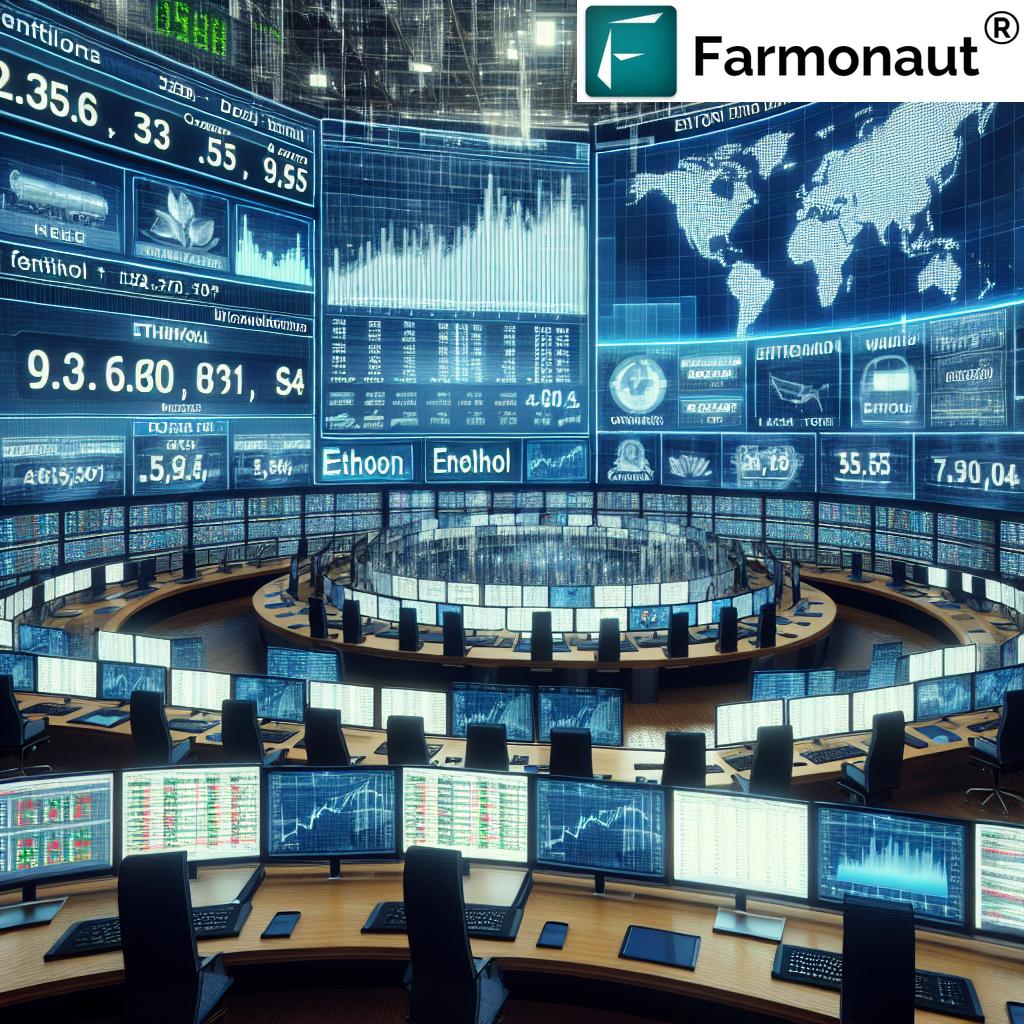
“Physically-delivered ethanol options now align with benchmark futures for gasoline and heating oil, enhancing trading flexibility.”
In a groundbreaking development that’s set to reshape the landscape of renewable energy trading, the introduction of physically-delivered ethanol futures has taken center stage in the world of energy commodity hedging. As we delve into this transformative shift, we’ll explore how these new offerings are revolutionizing transportation fuel trading strategies and providing market participants with enhanced tools for managing price risk in the volatile renewable energy market.
The Dawn of a New Era in Ethanol Futures Trading
On February 10, 2025, CME Group, a leading global derivatives marketplace, made a landmark announcement that has sent ripples through the energy trading community. The launch of physically-delivered Ethanol futures and options marks a significant milestone in the evolution of renewable fuel derivatives. This move underscores the growing importance of ethanol as a vital component in the transportation fuel sector and reflects the changing dynamics of commodity futures exchange platforms.
The first five futures contracts were traded on February 7, 2025, demonstrating strong industry support for these enhanced specifications in renewable fuel products. This early adoption signals a bright future for ethanol futures trading and highlights the market’s readiness for more sophisticated risk management tools in the renewable energy space.
Aligning with Industry Benchmarks
One of the most notable aspects of these new Ethanol futures is their alignment with CME Group’s benchmark futures for RBOB Gasoline and NY ULSD Heating Oil. With a contract size of 42,000 gallons, these futures create a seamless integration with existing energy trading strategies. This alignment offers several key advantages:
- Enhanced flexibility for delivery options
- Improved portfolio optimization capabilities
- Streamlined trading processes for market participants
By providing this consistency, CME Group has effectively bridged the gap between traditional energy futures and the burgeoning renewable fuels market, creating new opportunities for traders and hedgers alike.
Meeting the Evolving Needs of Market Participants
Peter Keavey, the Global Head of Energy and Environmental Products at CME Group, emphasized that the introduction of these Ethanol contracts is part of the company’s ongoing commitment to providing effective tools for price exposure management. This move is particularly significant for:
- Gasoline blenders
- Commercial users of ethanol
- Traders seeking to maintain managed differentials between refined products
The ability to hedge against price fluctuations more effectively is crucial in today’s dynamic market, where even small price movements can have significant impacts on profitability and operational strategy.
The Regulatory Framework
It’s worth noting that these denatured ethanol futures and options fall under the rules of the New York Mercantile Exchange (NYMEX). This regulatory oversight provides a robust and trusted environment for trading these contracts, ensuring:
- Transparency in trading practices
- Adherence to established market standards
- Protection for market participants
The NYMEX framework adds an extra layer of credibility to these new offerings, which is crucial for attracting a wide range of market participants and ensuring the long-term viability of ethanol futures trading.
Implications for the Renewable Energy Market
The introduction of physically-delivered Ethanol futures and options is more than just a new trading instrument; it’s a reflection of the growing significance of ethanol in the broader energy market. This development has several important implications:
- Increased liquidity in the ethanol market
- More accurate price discovery mechanisms
- Enhanced ability to manage risks associated with ethanol production and consumption
- Greater integration of renewable fuels into mainstream energy trading strategies
As the world continues to shift towards cleaner energy sources, the importance of efficient trading mechanisms for renewable fuels cannot be overstated. These new futures contracts provide a vital link between the traditional energy markets and the emerging renewable energy sector.
“The introduction of ethanol futures contracts reflects the growing importance of renewable energy in transportation fuel markets.”
Comparative Analysis: Ethanol Futures vs. Traditional Energy Futures
To better understand the unique attributes of the new ethanol futures contracts, let’s compare them with traditional energy futures:
| Feature | Physically-Delivered Ethanol Futures | Traditional Gasoline Futures | Traditional Heating Oil Futures |
|---|---|---|---|
| Contract Size | 42,000 gallons | 42,000 gallons | 42,000 gallons |
| Delivery Options | Enhanced flexibility | Standard delivery options | Standard delivery options |
| Price Volatility (estimated) | High | Medium to High | Medium |
| Market Participants | Ethanol producers, gasoline blenders, traders | Oil companies, refiners, traders | Heating oil distributors, traders |
| Risk Management Benefits | Specific to ethanol price fluctuations | Broader energy market exposure | Seasonal demand hedging |
This comparison highlights the unique position of ethanol futures in the energy trading landscape, offering targeted risk management tools for the growing renewable fuels market.
The Role of Technology in Ethanol Futures Trading
The success of these new ethanol futures contracts is underpinned by advanced trading technologies. CME Globex, CME Group’s electronic trading platform, plays a crucial role in facilitating efficient and transparent trading of these contracts. The platform offers:
- Real-time market data
- Advanced order types
- Risk management tools
- Global access to markets
These technological capabilities are essential for modern commodity trading, allowing market participants to execute complex strategies and respond quickly to market changes.
Impact on Agricultural Markets
The introduction of physically-delivered ethanol futures has significant implications for agricultural markets, particularly for corn producers. Ethanol production is a major consumer of corn, and these new futures contracts provide:
- Additional hedging tools for corn farmers
- Improved price discovery for ethanol-related agricultural products
- Potential for more stable income streams for agricultural producers
This development strengthens the link between energy and agricultural markets, potentially leading to more integrated risk management strategies across these sectors.
Global Perspectives on Ethanol Futures
While the launch of physically-delivered ethanol futures by CME Group is a significant development, it’s important to consider the global context. Different regions have varying approaches to ethanol production and use, which can impact the global ethanol futures market:
- Brazil: A major ethanol producer using sugarcane as feedstock
- European Union: Focusing on advanced biofuels and sustainability criteria
- China: Emerging as a significant player in the ethanol market
These regional differences create opportunities for global arbitrage and cross-market trading strategies, further enhancing the liquidity and efficiency of ethanol futures markets.
Environmental Considerations
The growth of ethanol futures trading also reflects broader environmental concerns and the push towards cleaner energy sources. Ethanol, as a renewable fuel, plays a crucial role in:
- Reducing greenhouse gas emissions from transportation
- Decreasing dependence on fossil fuels
- Supporting sustainable agricultural practices
The availability of efficient hedging tools for ethanol can encourage further investment in renewable fuel production and infrastructure, aligning financial markets with environmental goals.
Challenges and Opportunities
While the introduction of physically-delivered ethanol futures presents numerous opportunities, it also comes with challenges:
- Adapting to new trading strategies
- Managing basis risk between different ethanol grades
- Navigating regulatory changes in the renewable fuels sector
However, these challenges also create opportunities for innovation in risk management and trading strategies. Market participants who can effectively navigate these complexities stand to gain significant advantages in the evolving energy trading landscape.
The Future of Renewable Energy Trading
The launch of physically-delivered ethanol futures is likely just the beginning of a broader trend in renewable energy trading. We can expect to see:
- Introduction of futures contracts for other biofuels
- Integration of carbon credits into energy trading strategies
- Development of more sophisticated cross-commodity hedging tools
These developments will continue to reshape the energy trading landscape, creating new opportunities for market participants and supporting the transition to a more sustainable energy future.
Implications for Technology in Agriculture
The evolution of ethanol futures trading also has implications for agricultural technology. Companies like Farmonaut, which provide satellite-based farm management solutions, play a crucial role in this ecosystem. By offering real-time crop health monitoring and AI-based advisory systems, Farmonaut helps farmers optimize their crop yields, which is particularly important for crops used in ethanol production like corn.
Farmonaut’s technologies, including:
- Satellite-Based Crop Health Monitoring
- Jeevn AI Advisory System
- Blockchain-Based Product Traceability
These tools can provide valuable data and insights for both farmers and ethanol producers, potentially influencing production decisions and, by extension, the ethanol futures market.
For more information on Farmonaut’s API services, visit Farmonaut API and check out the API Developer Docs.
Conclusion
The introduction of physically-delivered ethanol futures by CME Group marks a significant milestone in the evolution of renewable energy trading. These new contracts offer enhanced flexibility, improved risk management capabilities, and greater integration of ethanol into mainstream energy trading strategies. As the world continues to shift towards cleaner energy sources, the importance of efficient trading mechanisms for renewable fuels cannot be overstated.
The success of these futures contracts will depend on market adoption, regulatory developments, and the continued growth of the ethanol industry. However, one thing is clear: the landscape of commodity trading is changing, and ethanol futures are at the forefront of this transformation.
As we move forward, it will be crucial for market participants to stay informed about these developments and adapt their strategies accordingly. The future of energy trading is here, and it’s increasingly renewable.
FAQ Section
Q: What are physically-delivered ethanol futures?
A: Physically-delivered ethanol futures are financial contracts that obligate the buyer to take delivery of a specified quantity of ethanol at a predetermined price on a future date. Unlike cash-settled futures, these contracts result in the actual delivery of the commodity.
Q: How do ethanol futures benefit gasoline blenders?
A: Ethanol futures allow gasoline blenders to hedge against price fluctuations in ethanol, a key component in gasoline blending. This helps them manage their input costs more effectively and maintain stable profit margins.
Q: What is the contract size for CME Group’s ethanol futures?
A: The contract size for CME Group’s ethanol futures is 42,000 gallons, which aligns with their benchmark futures for RBOB Gasoline and NY ULSD Heating Oil.
Q: How do ethanol futures impact corn farmers?
A: Ethanol futures provide an additional hedging tool for corn farmers, as ethanol production is a major consumer of corn. This can lead to more stable income streams and improved price discovery for corn used in ethanol production.
Q: What role does technology play in ethanol futures trading?
A: Technology, such as CME Globex, plays a crucial role by providing real-time market data, advanced order types, and risk management tools. This enables efficient and transparent trading of ethanol futures contracts.
Earn With Farmonaut: Affiliate Program
Earn 20% recurring commission with Farmonaut’s affiliate program by sharing your promo code and helping farmers save 10%. Onboard 10 Elite farmers monthly to earn a minimum of $148,000 annually—start now and grow your income!











